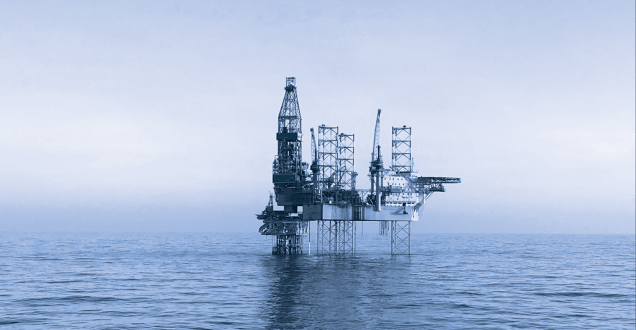Ensuring offshore exploration activities meet requirements
Permit holders must meet requirements before starting offshore exploration activities in Australian Commonwealth waters. These activities may include:
- acquiring a seismic survey
- an appraisal well.
One of the requirements is having a detailed environment plan assessed and accepted by NOPSEMA.
These plans must outline how the company will mitigate potential adverse impacts on the environment and other users. NOPSEMA must assess and accept these plans before any activity starts.
Once a company’s plan is accepted, they may start exploring in the permit area.
Exploration may, or may not, be successful in discovering geological formations suitable for greenhouse gas storage. If companies are successful and find suitable formations, they must apply for assessment and approvals to develop further infrastructure.
If they find a suitable site for permanent storage, they must apply for a declaration of greenhouse gas storage formation. If they are not ready to inject greenhouse gas into a declared greenhouse gas storage formation they can apply for a greenhouse gas holding lease.
Injection and storage in a declared formation requires a greenhouse gas injection licence.
Find guidelines on meeting requirements on NOPSEMA’s website.
Consulting on offshore exploration activities
Companies consult with the community at various exploration stages.
When proposing on-water exploration activities, they must consult with stakeholders to prepare their environment plan. Stakeholders include:
- state and federal government agencies
- fishing, tourism and other marine users
- relevant indigenous groups (including Land Councils and Native Title Holders)
- community groups
- relevant local governments
- non-government organisations (including conservation groups).
NOPSEMA must be satisfied with the consultation the company has done.
Find information about consulting with Australian Government agencies and the community on NOPSEMA’s website.
Managing coexisting petroleum titles
The Offshore Petroleum and Greenhouse Gas Storage Act 2006 describes how the petroleum and greenhouse gas industries coexist. In some circumstances, one activity could impact the other. To manage this, the legislation differentiates between pre-commencement petroleum titles and post-commencement petroleum titles.
A petroleum title includes:
- an exploration permit
- a retention lease
- a production licence.
Pre-commencement petroleum titles
Pre-commencement petroleum titles are any titles awarded a petroleum exploration permit before November 2008.
This includes titles where the retention lease and production licence were granted after this date.
Pre-commencement titles are protected by a ‘significant impact test’. Under this test, the responsible Commonwealth Minister (RCM) can only approve greenhouse gas activities if either:
- the activity does not pose a significant risk of causing a significant adverse impact on a pre-commencement petroleum title, or
- the 2 titleholders have made an agreement.
Post-commencement petroleum titles
Post-commencement petroleum titles are any titles awarded a petroleum exploration permit after November 2008.
If there is no agreement between a petroleum titleholder and a greenhouse gas titleholder and the 2 activities cannot co‑exist, the RCM decides which activity should proceed in the public interest.
All post-commencement petroleum production licenses are protected by the significant impact test.
For more information about pre-commencement and post-commencement titles email petroleum.exploration@industry.gov.au.
Decommissioning greenhouse gas storage projects
Decommissioning is a normal and planned part of greenhouse gas storage projects. It refers to:
- plugging and permanently closing wells
- safely removing equipment, infrastructure and property
- restoring the environment.
Companies that have undertaken greenhouse gas storage activities must pay for and undertake decommissioning in a timely, safe and environmentally responsible way.
We ensure that the Australian Government's offshore decommissioning and remediation policies, and legislative frameworks, are robust.

